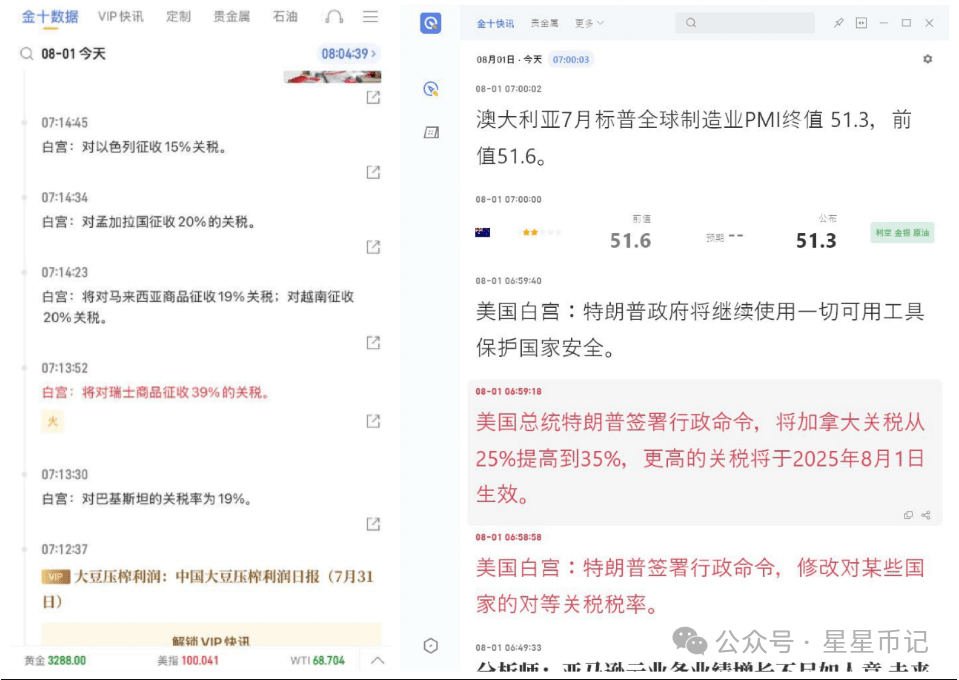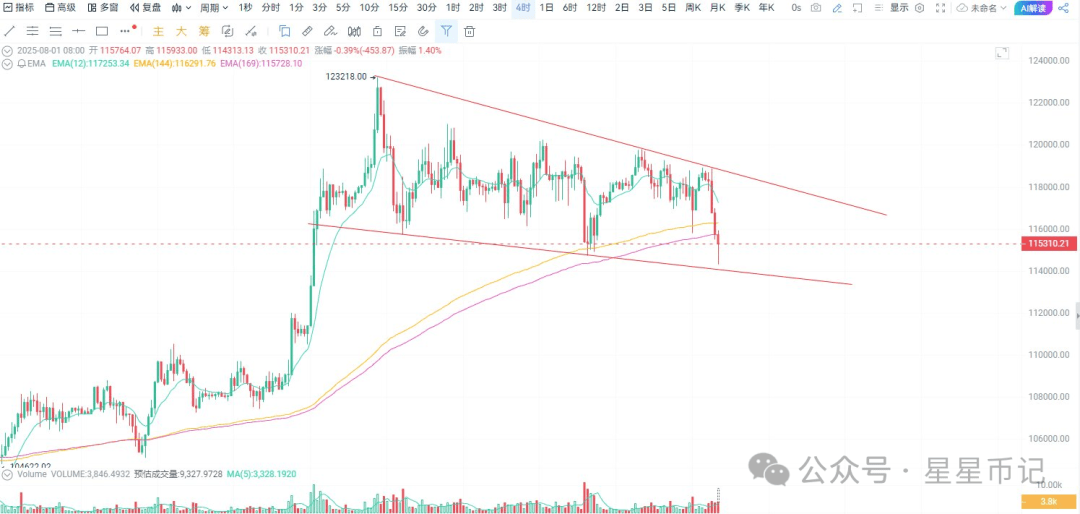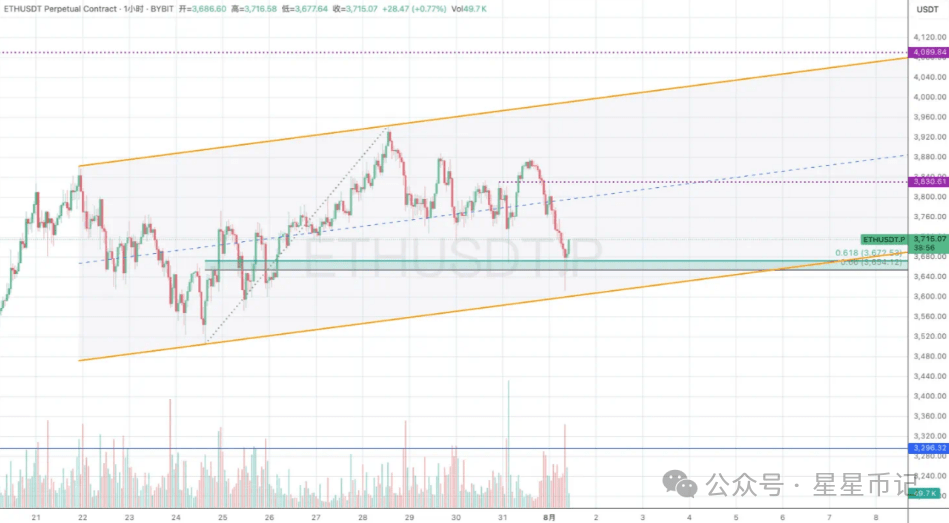Looking at the strength of the rebound in the Asian market, tariffs will be increased on August 1, and Wall Street sold all night long. The crypto market is plagued by scams, and altcoins are continuously dropping, showing no signs of rebound. Then a pin drop occurred, even whales got liquidated, and many people are likely to wake up crying today.

In the last 24 hours, a total of 159,291 people have been liquidated globally, with a total liquidation amount of $636 million, long positions liquidated $570 million, and short positions liquidated $62.307 million.

Now, it is time to test your position management skills.
With the market crashing, those holding short positions are naturally laughing while counting their money; while those without shorts, or even still heavily long, will only wake up to a harsh lesson from the market. If you have not yet learned to control your position, you will likely fall into panic under such volatility.
So, how should we handle such a situation?
Step one, assess the overall profit and loss situation:
If you are currently overall profitable, or only slightly in loss, decisively reduce your position, first clear most of your holdings, keeping only a core asset (those with larger amounts can keep two). Having too many positions makes it easy to lose focus during extreme volatility.
Step two, evaluate the space for adding positions:
For the remaining assets, if there is still space to add positions 1 to 3 times, wait for a rebound opportunity to reduce positions or exit;
If the trend is truly not optimistic and there are no rebound windows, add positions in batches according to key support levels. If you can profit, take it; if the rebound is insufficient, cut losses and exit.
The key is to: control risks, manage emotions, and not become overly attached to positions.
BTC
Yesterday's article pointed out that even though Bitcoin has rebounded, we need to pay attention to whether it can break the diagonal trend line, and it is likely to challenge the downtrend line again (which has been touched 3 times). Indeed, another pin was dropped at 118200 for a second shorting opportunity; no one is still going long to provide support! I shorted at 118.517, capturing a drop of 4000 dollars.

The anticipated correction has finally arrived. Currently, Bitcoin has fallen below the low point of July 25, the Bollinger Bands have expanded from convergence, and technical analysis shows that short-term volatility will increase. The four-hour chart shows a wedge consolidation pattern, and short-term traders should pay attention to the breakout direction.
Key support levels: 112000, 109500, 107500
Upper resistance levels: 116411, 119200
From the trend, BTC continues the downward trend from early morning, and a rebound is likely a chance to reduce positions. If it approaches cost, breaks even, or the rebound covers the transaction fees, it is advisable to exit decisively and not cling to the early morning positions.
If 116411 cannot stabilize, there may be a deep pullback of around 4000 points, so stay alert.
Additionally, tonight there will be a large non-farm payroll data release, which may trigger further market fluctuations. It is advisable to adjust positions flexibly during the day, try to clear positions and wait for evening signals, to avoid short positions turning into medium- to long-term ones.
Operate steadily, respond with light positions, and wait for the next better entry opportunity.

ETH
Ethereum's medium- to long-term trend remains very healthy and is expected to lead a rebound, with a key focus on the 3600 point level. If the integer barrier is not broken, consider going long in the 3636-3606 range for short-term operations. Watch support levels 3425, 3339; resistance levels 3892. The current range of 3715-3725 is in fierce contention, and for those who didn't exit at this point last night, seize the opportunity to exit when needed and take action!
In terms of operations, I reiterated this morning how important position control is: if your position is unreasonable, you could wake up to heavy losses; if you only entered a first position or added once, even if it drops significantly and seems alarming, you can still respond calmly if your position is light.

Altcoins
a2z dropped 20% yesterday, should be comfortable now. Those frequently stopping losses and making mistakes, hurry and join us.

During the adjustment period of altcoins, high-quality assets can be gradually accumulated at low prices. This stage is suitable for investors with available funds to gradually lay out their positions, and it is recommended to prioritize mainstream assets with large market capitalization and high liquidity, such as: BTC, ETH, XRP, DOGE, SUI, SOL, PEPE, PENGU, etc.
For retail investors, this could be a golden window for adding positions or building new ones. Strategy suggestion: first filter quality assets, enter in batches, and gradually lay out positions, expecting another 1-2 weeks of time window. Subsequently, the market is likely to enter a rally phase — it might be worth taking a screenshot as evidence and waiting to see.
Some fans asked: Can Bitcoin and Ethereum reach new highs again? Will altcoins follow suit and welcome a bull market?
This needs to be viewed dialectically, there are many possibilities. We do not preset the best or worst scenarios, only judging whether future risks and opportunities match based on cycles and news.
First, whether altcoins will have a bull market mainly depends on the trends of Bitcoin and Ethereum. For example, if Bitcoin is trading sideways with slight increases, breaks new highs and then rises slowly, or experiences a rapid drop followed by a period of sideways movement, or if the altcoin ETF is approved and interest rate cuts are confirmed, it may lead some altcoins to rally. However, these preconditions are actually very difficult to achieve, especially during this period with tariffs, high US stock prices, and delayed interest rate cuts, where Bitcoin's volatility will be larger and it is unlikely to experience slight increases and sideways trading.
Secondly, even if the above situation occurs, altcoins are unlikely to rise in unison; they will only rise in rotation. Most altcoins already reached a peak in December last year, and from May to July this year, they touched a secondary peak at different times.
Mainstream coins are influenced by ETF and interest rate cut expectations, and still have a chance for a bull market (following Bitcoin), but the relationship between altcoins and ETFs or interest rate cuts is now less significant.


